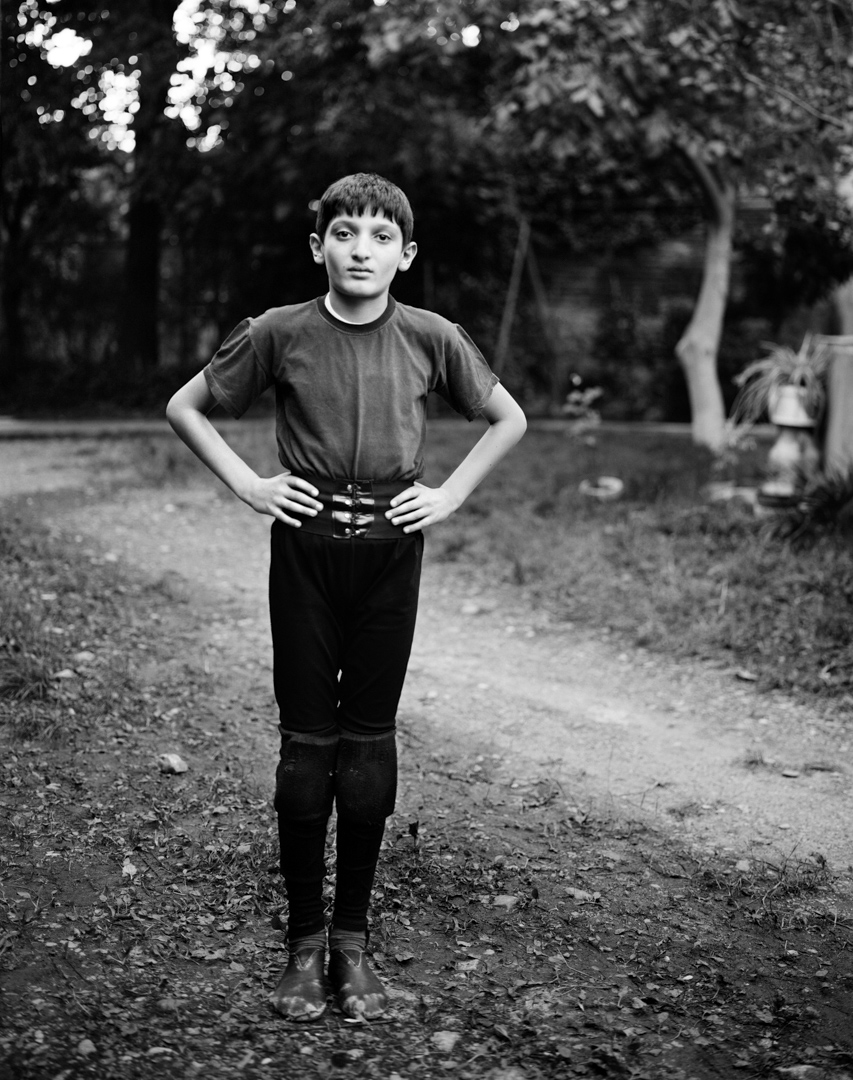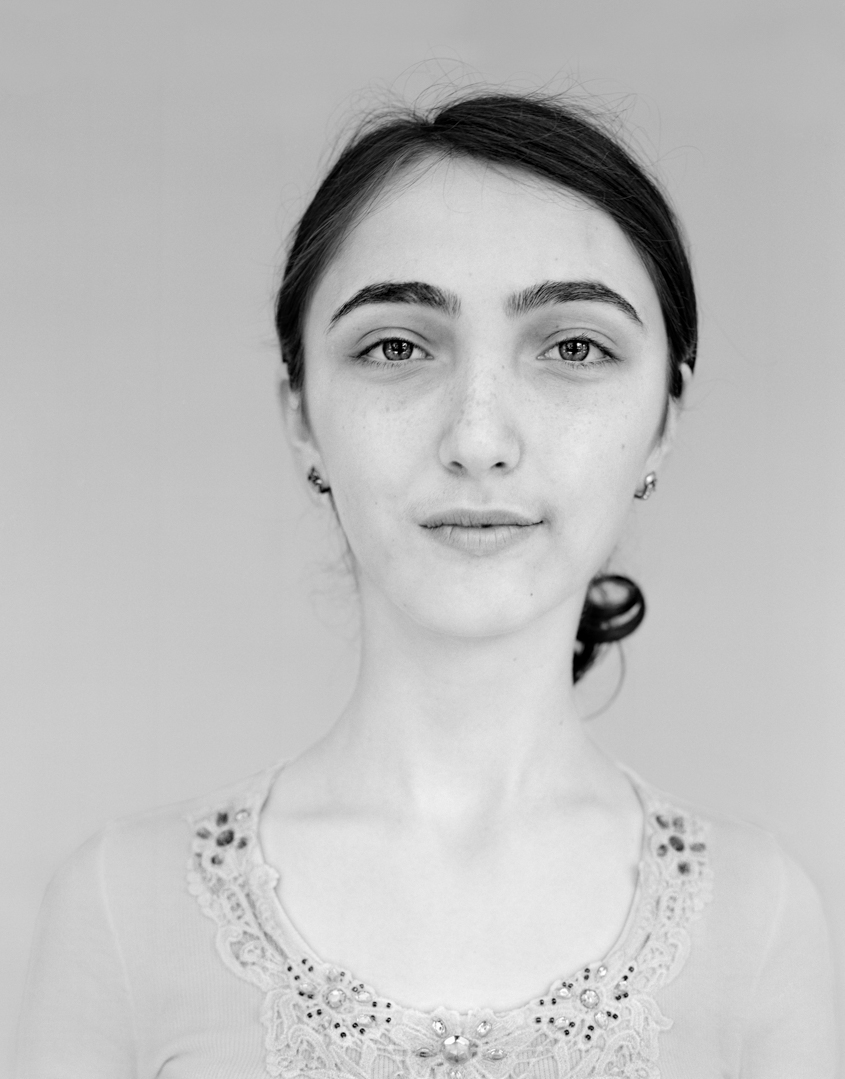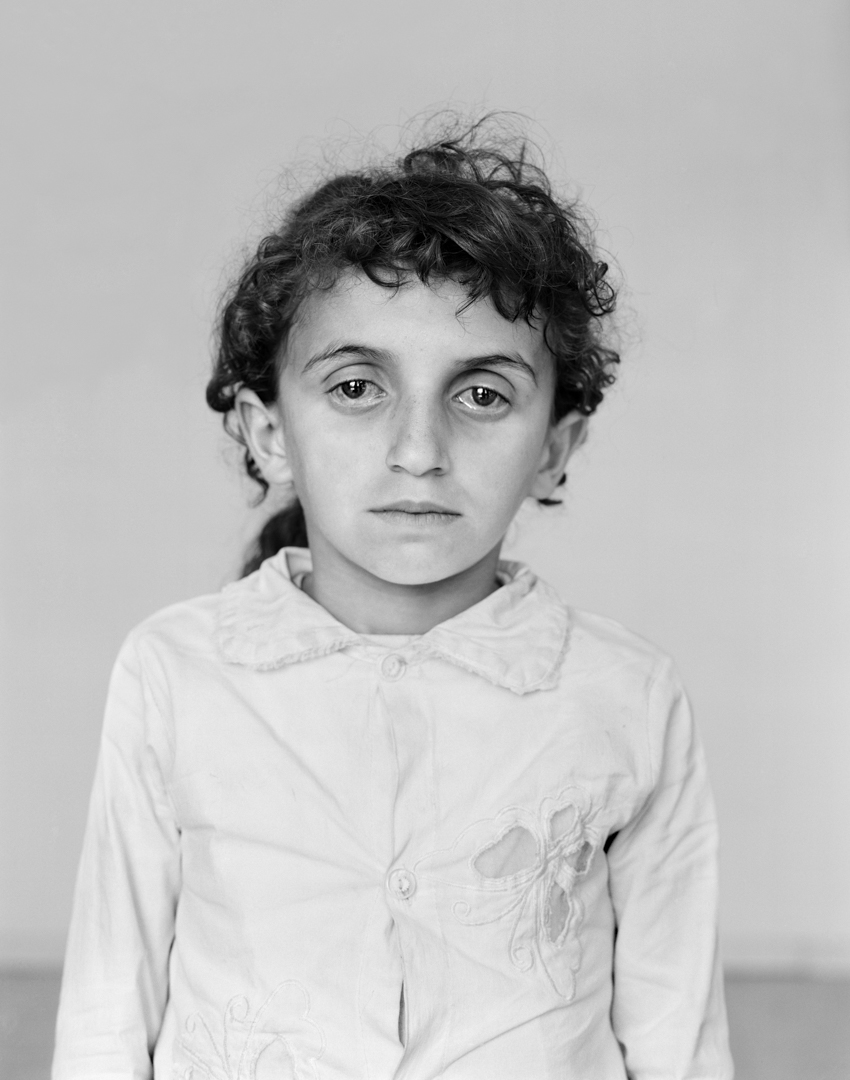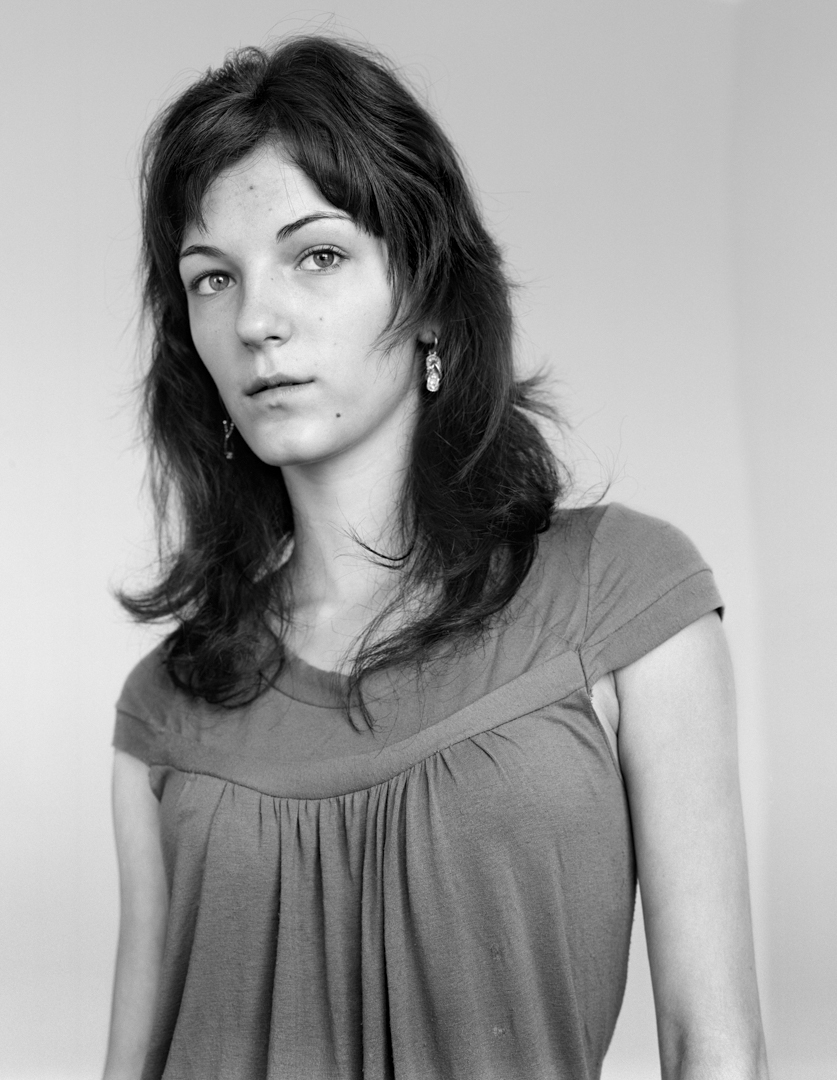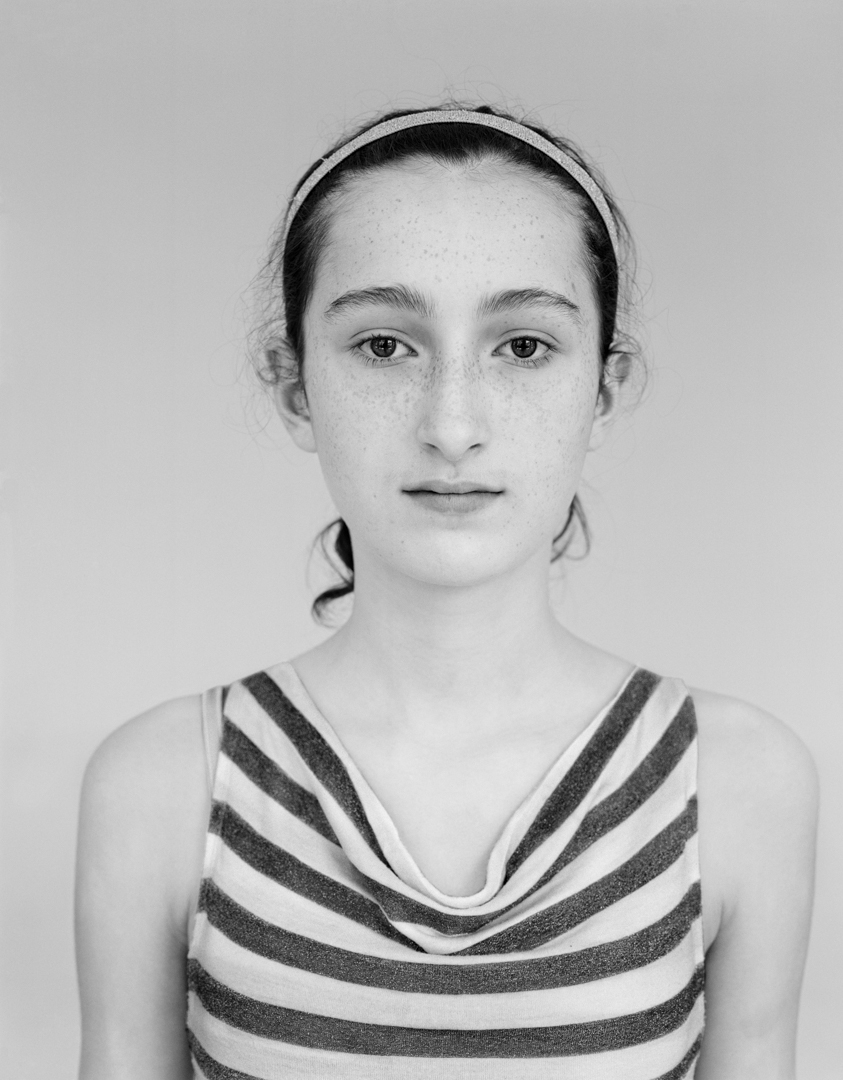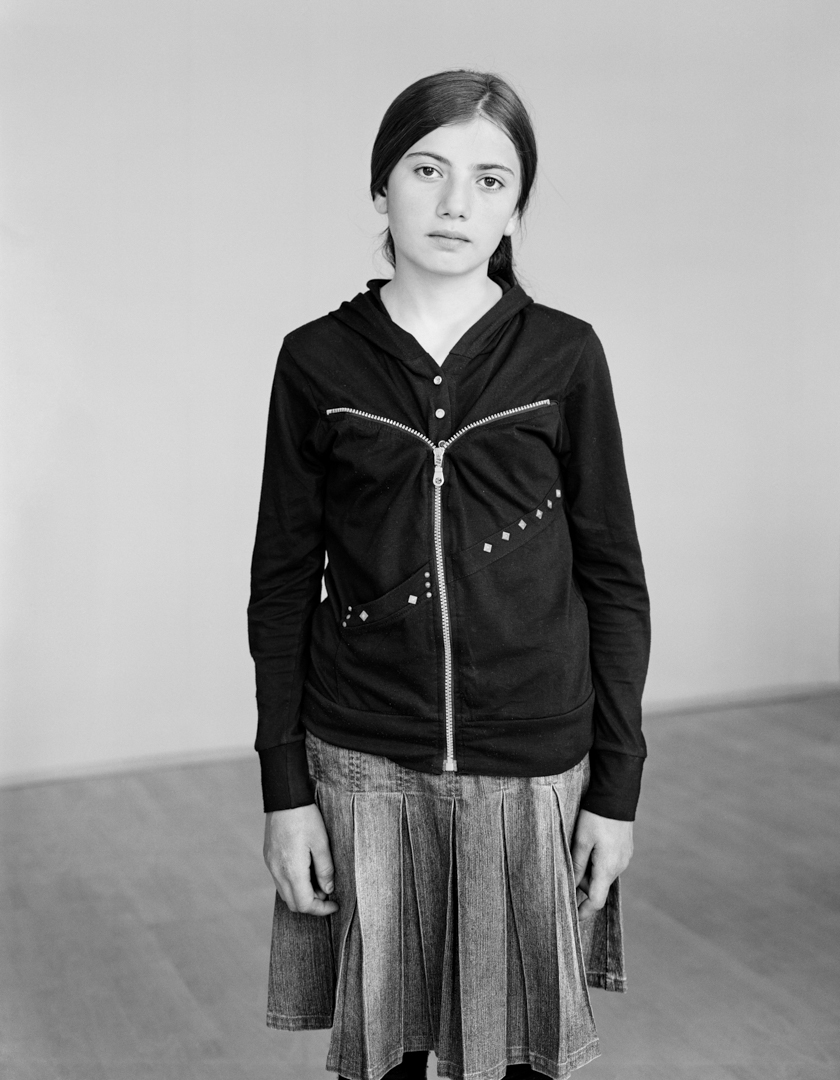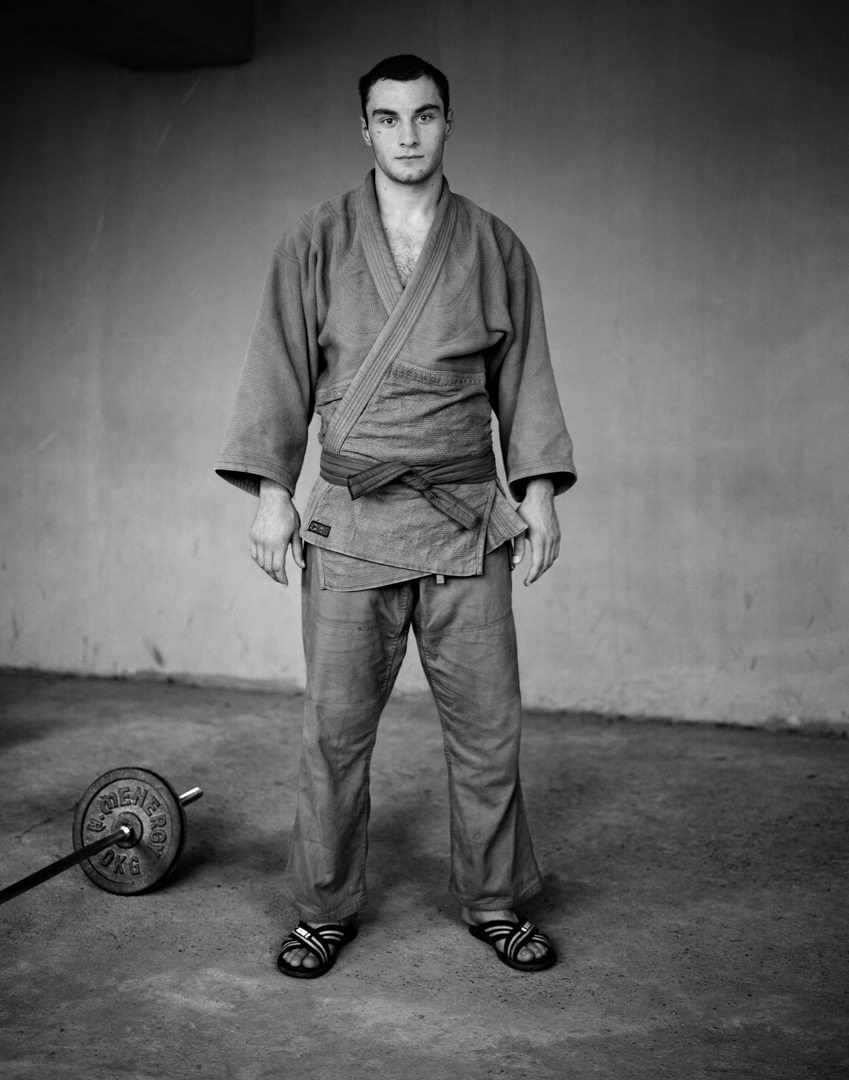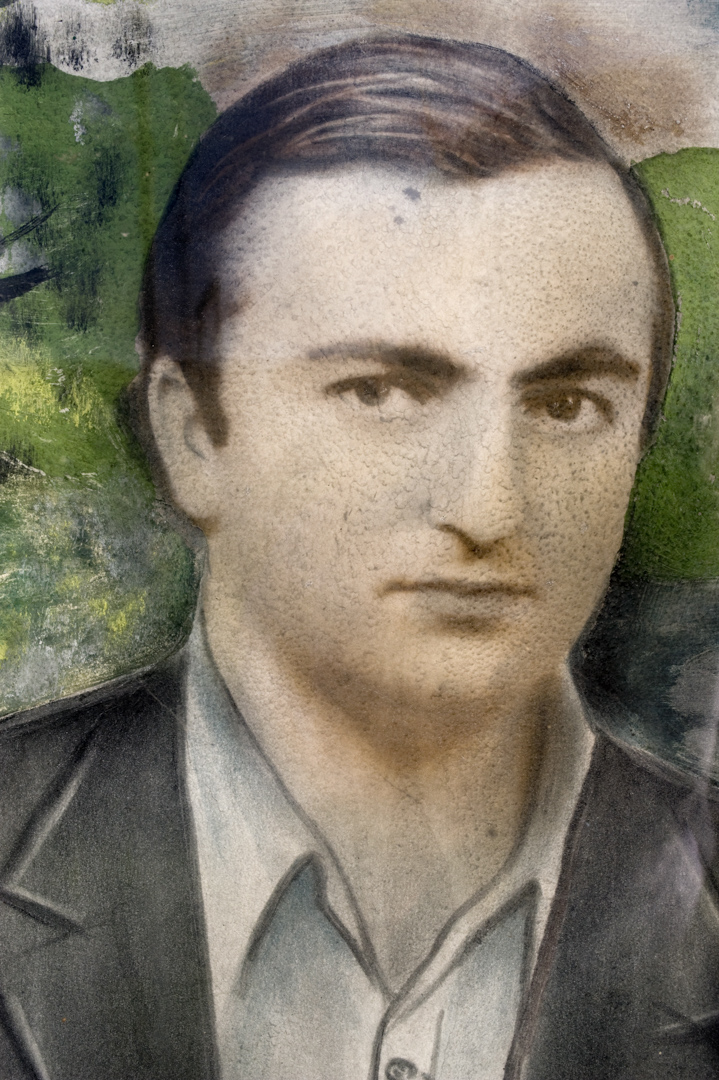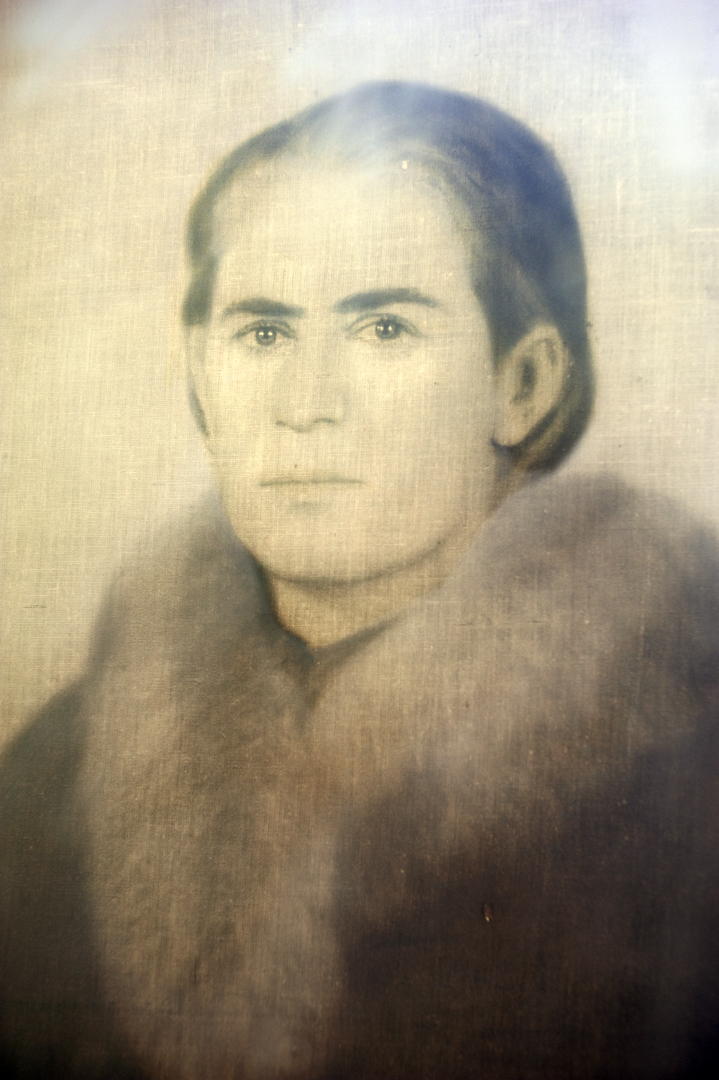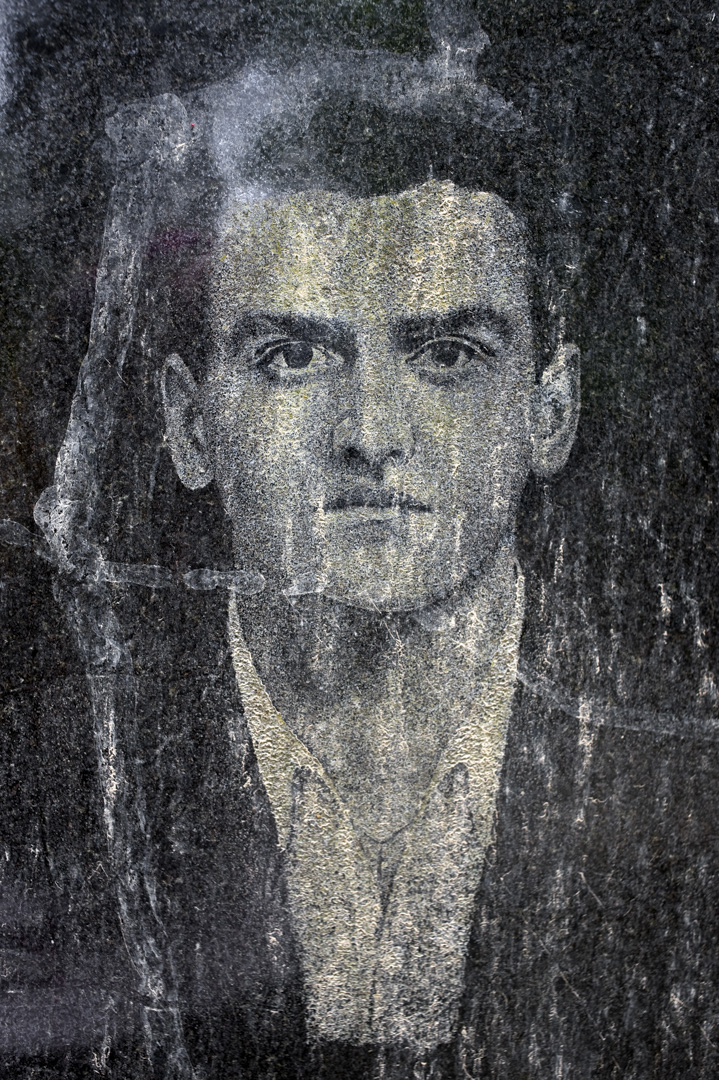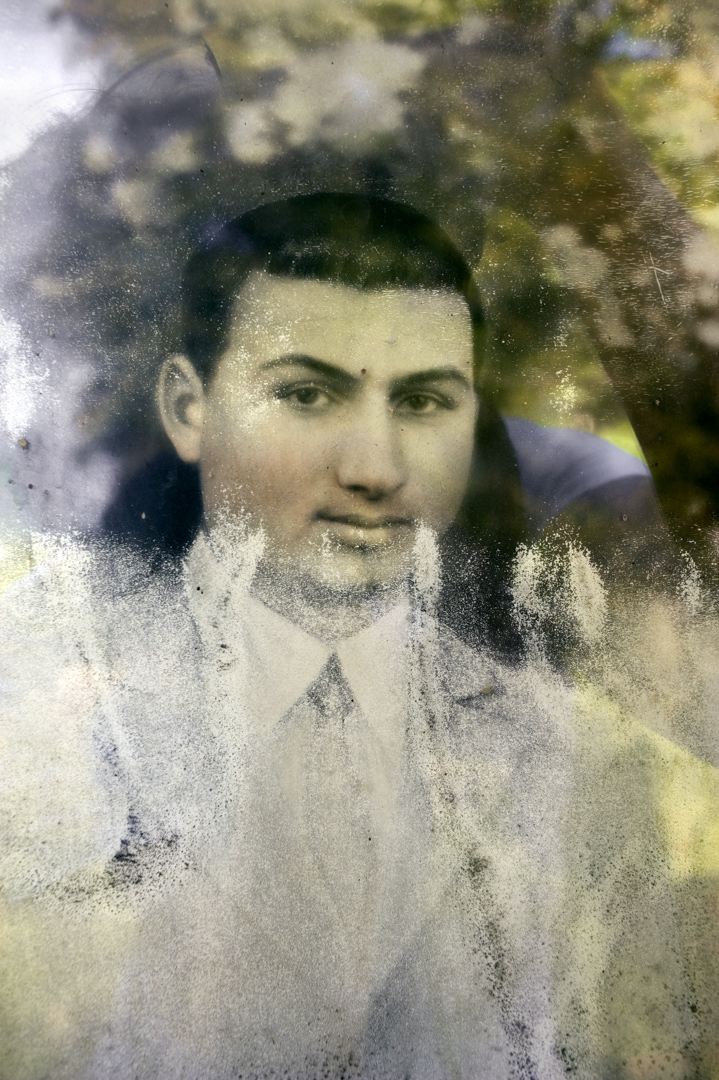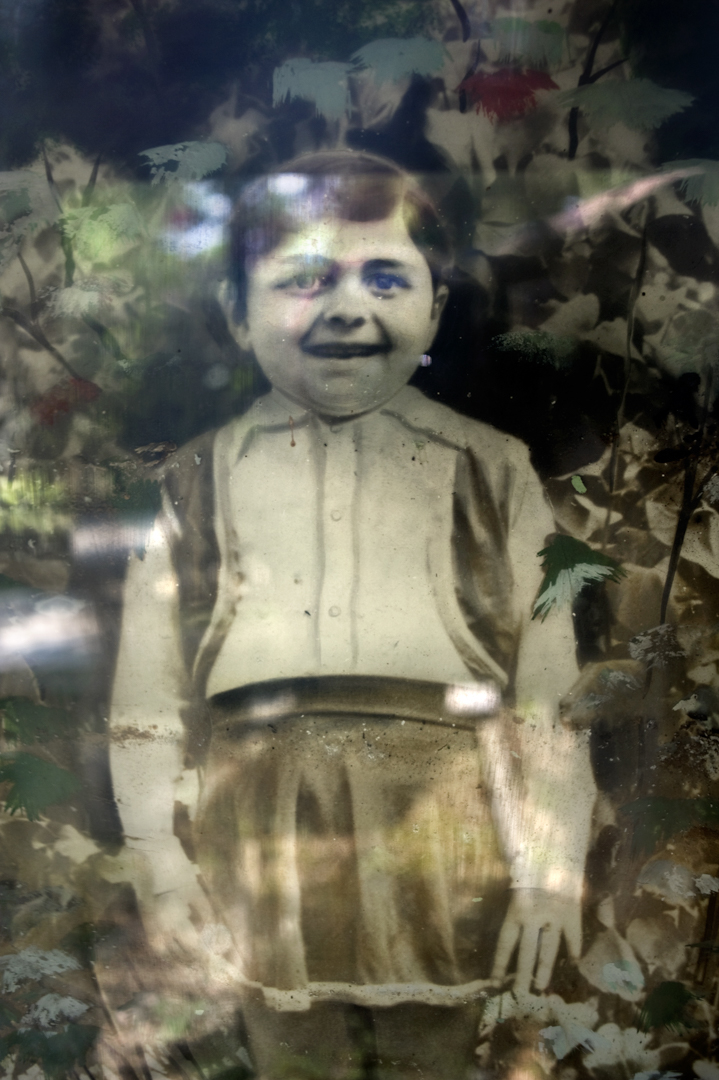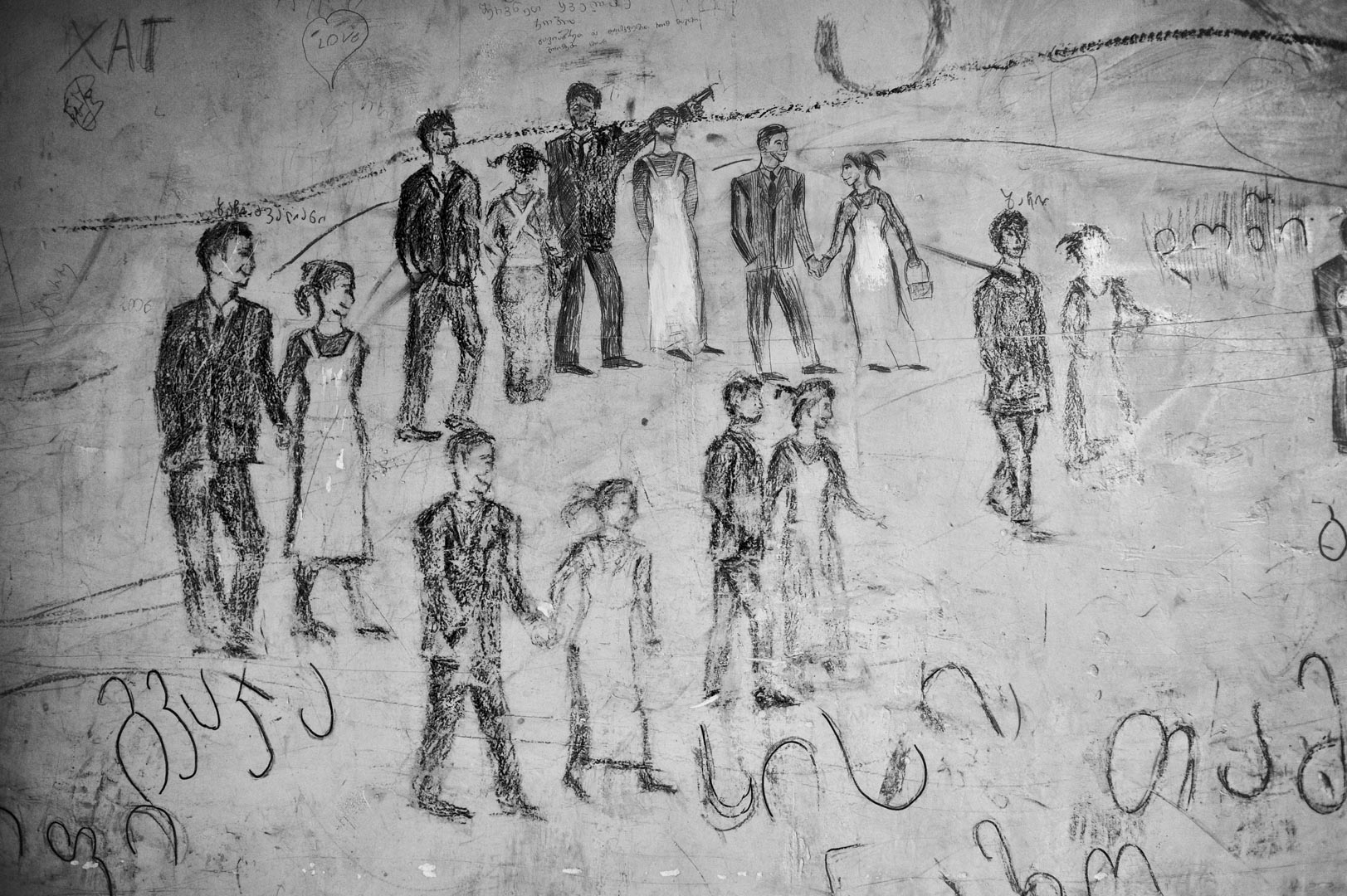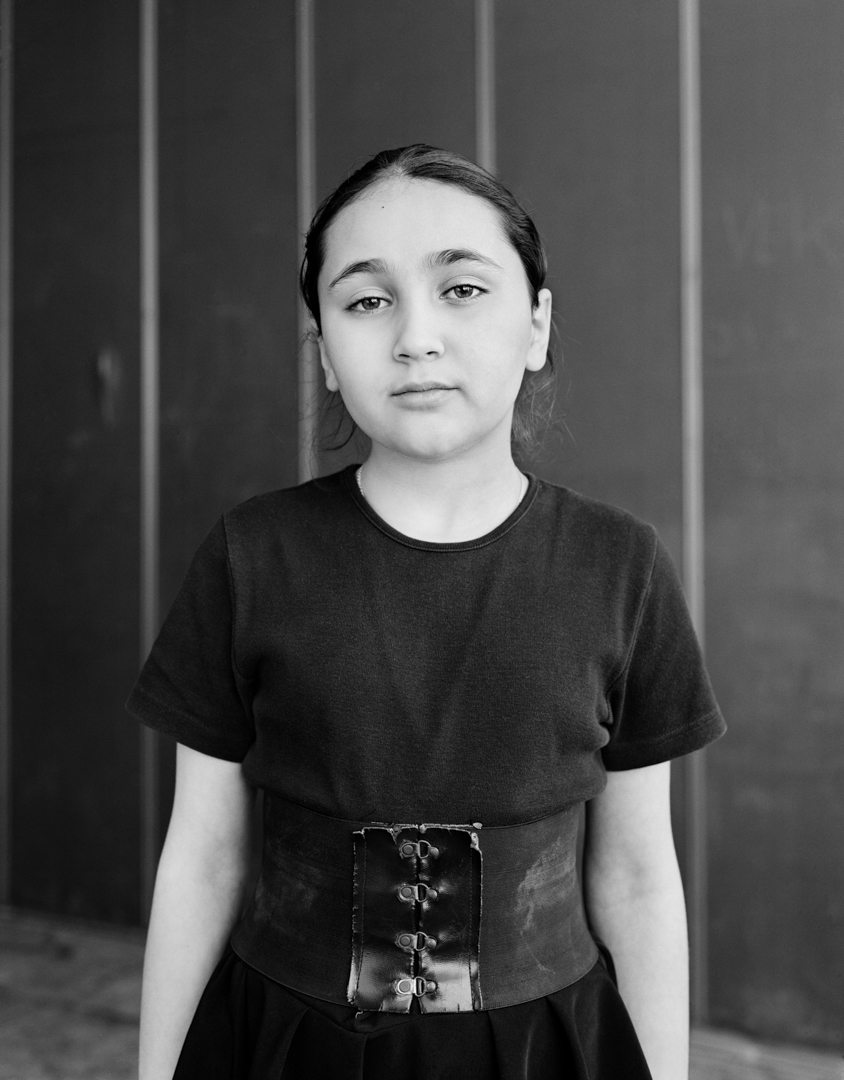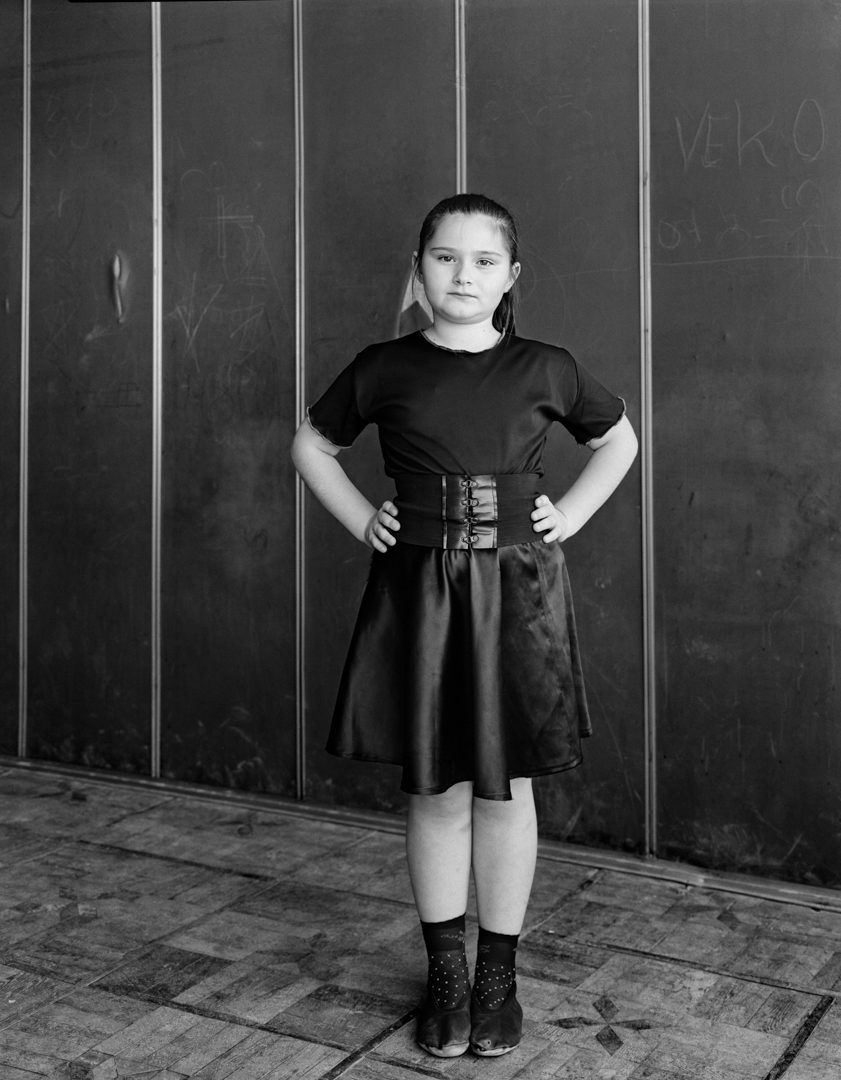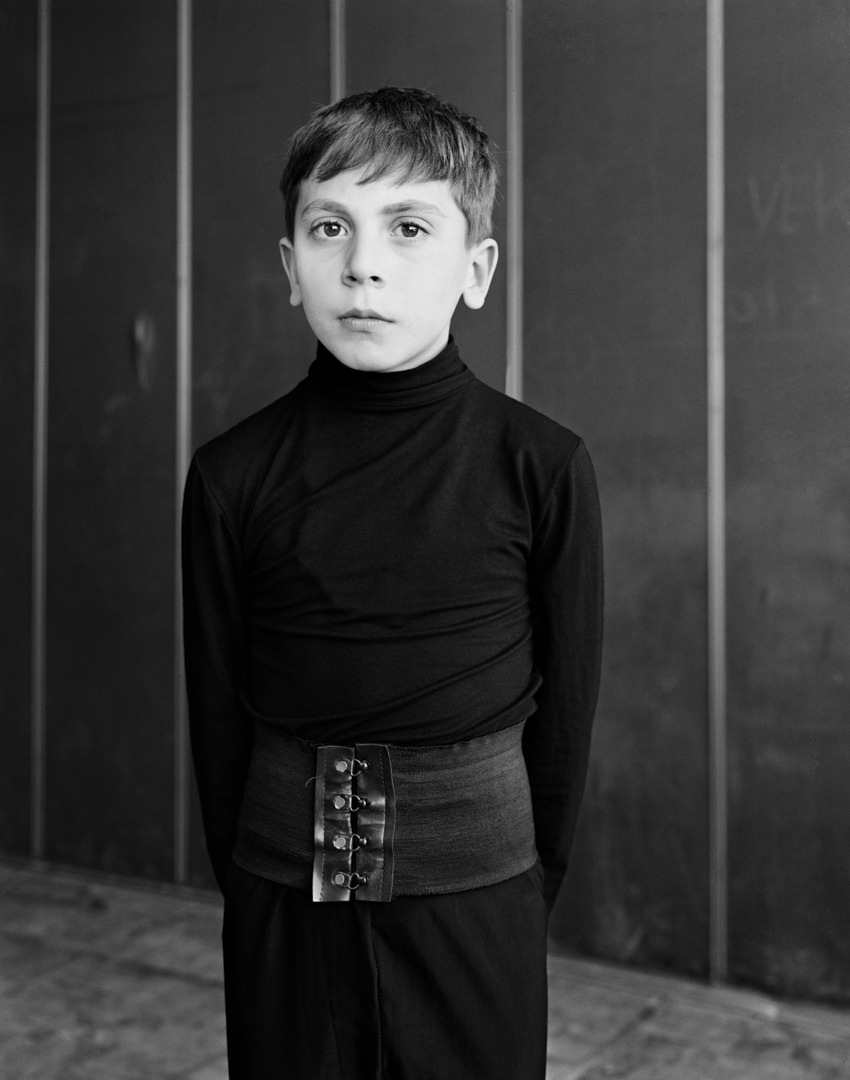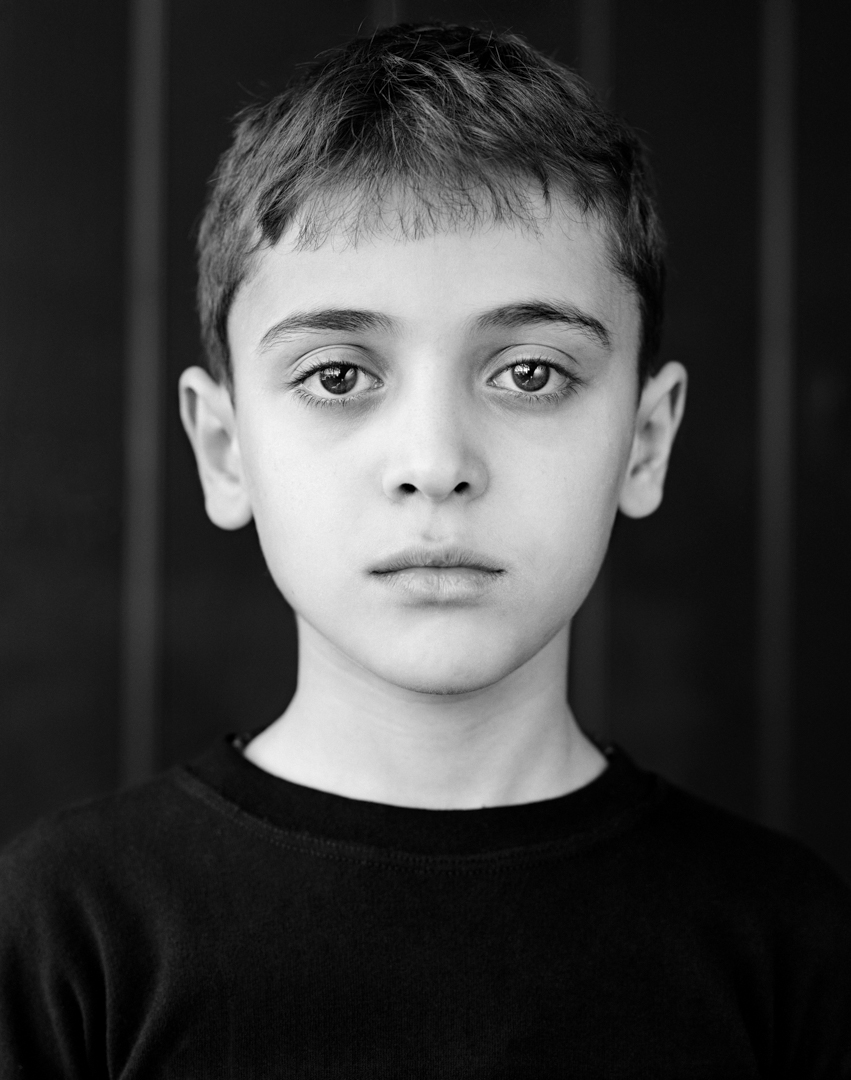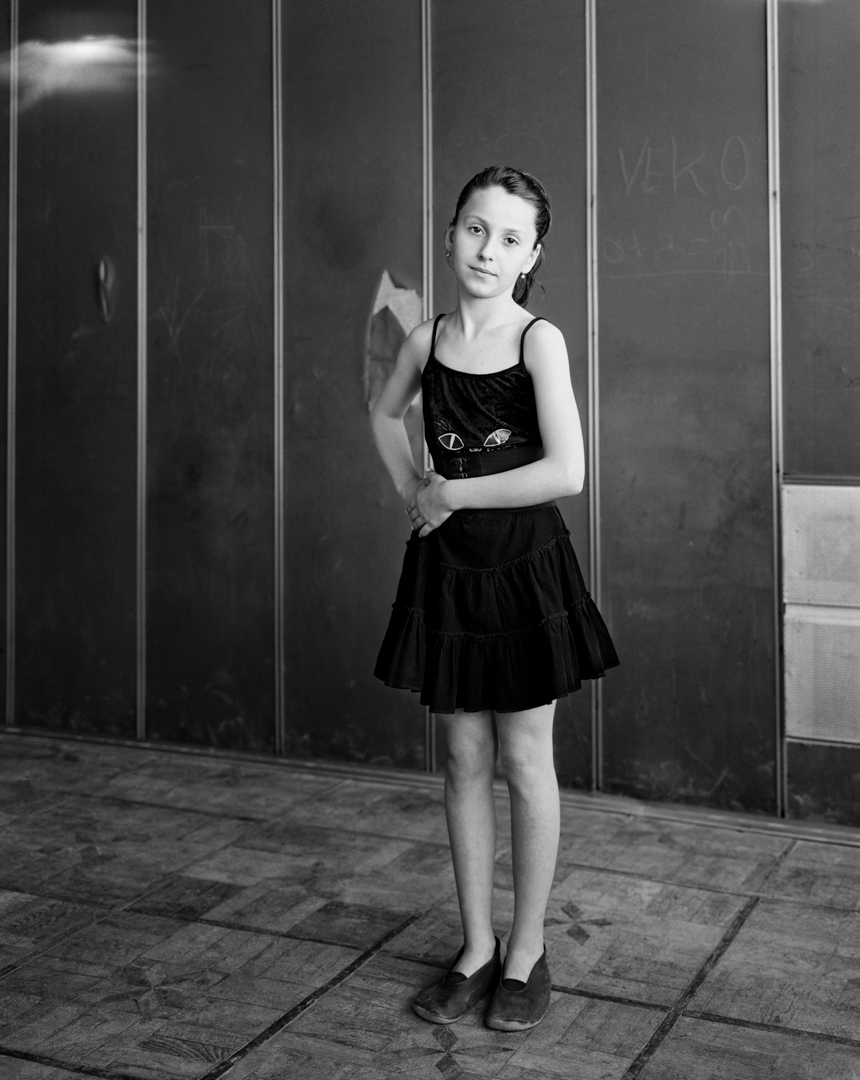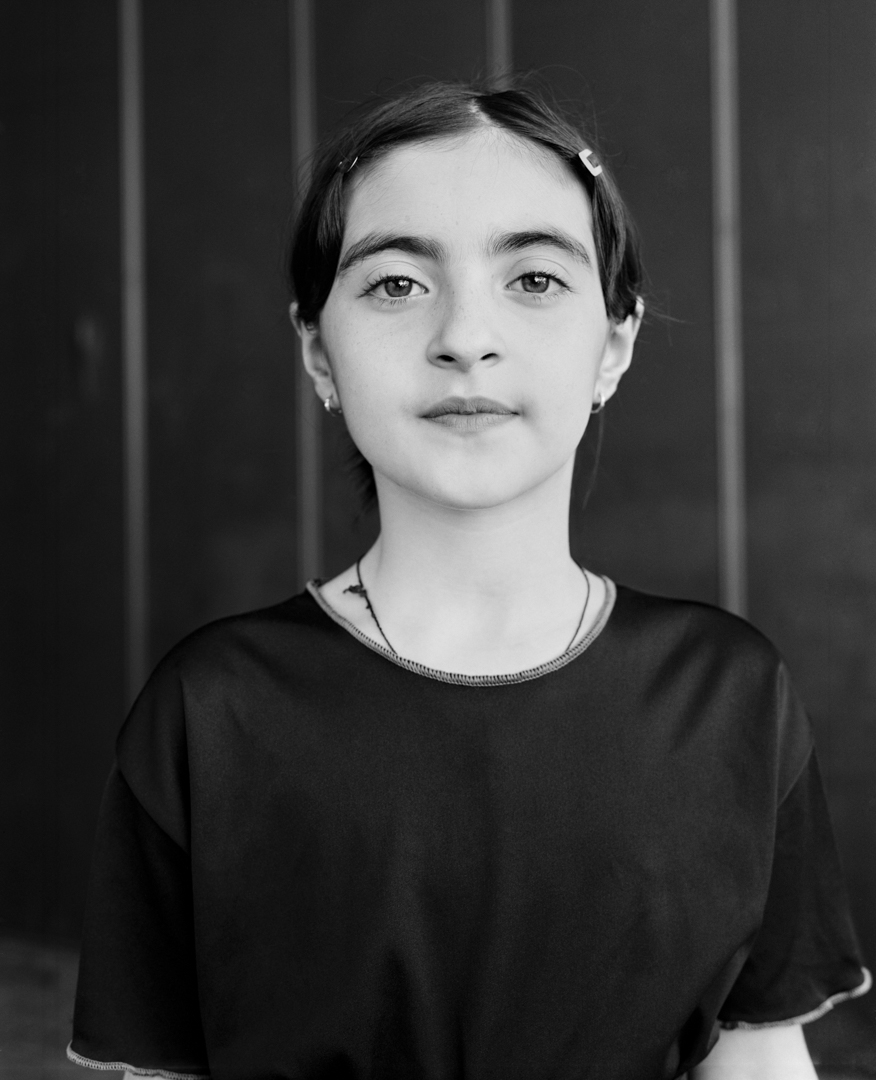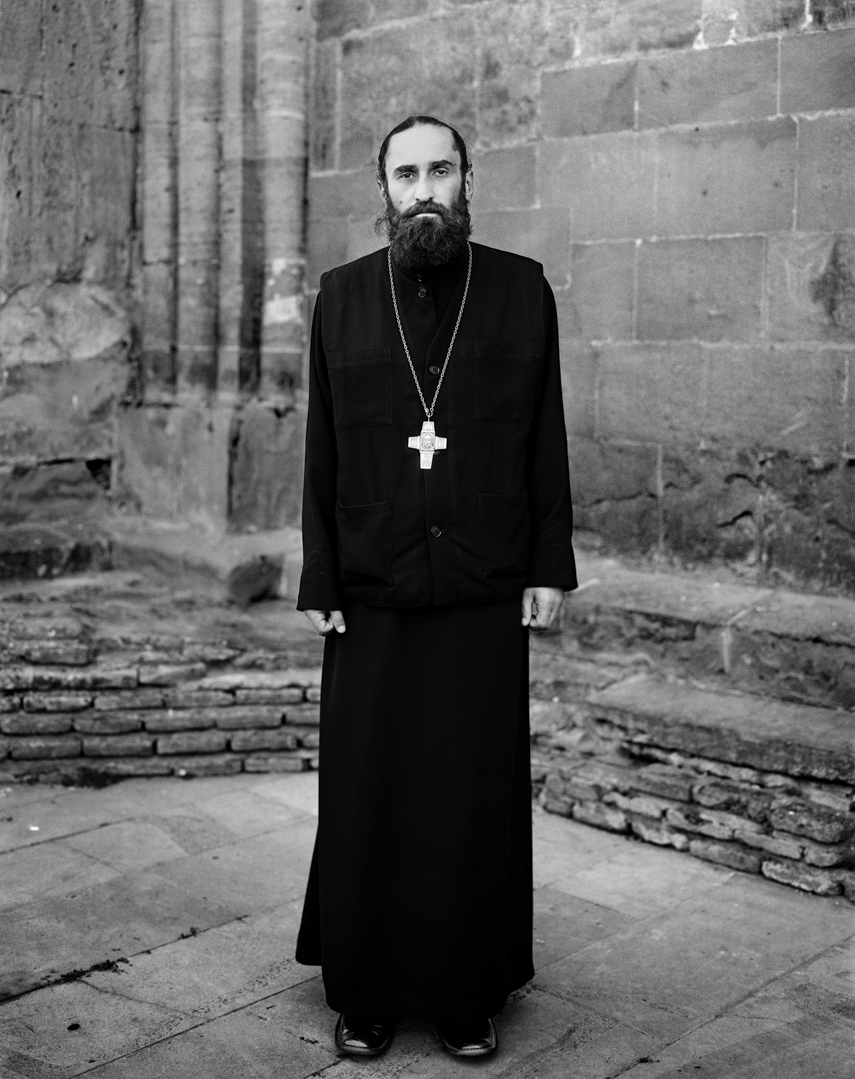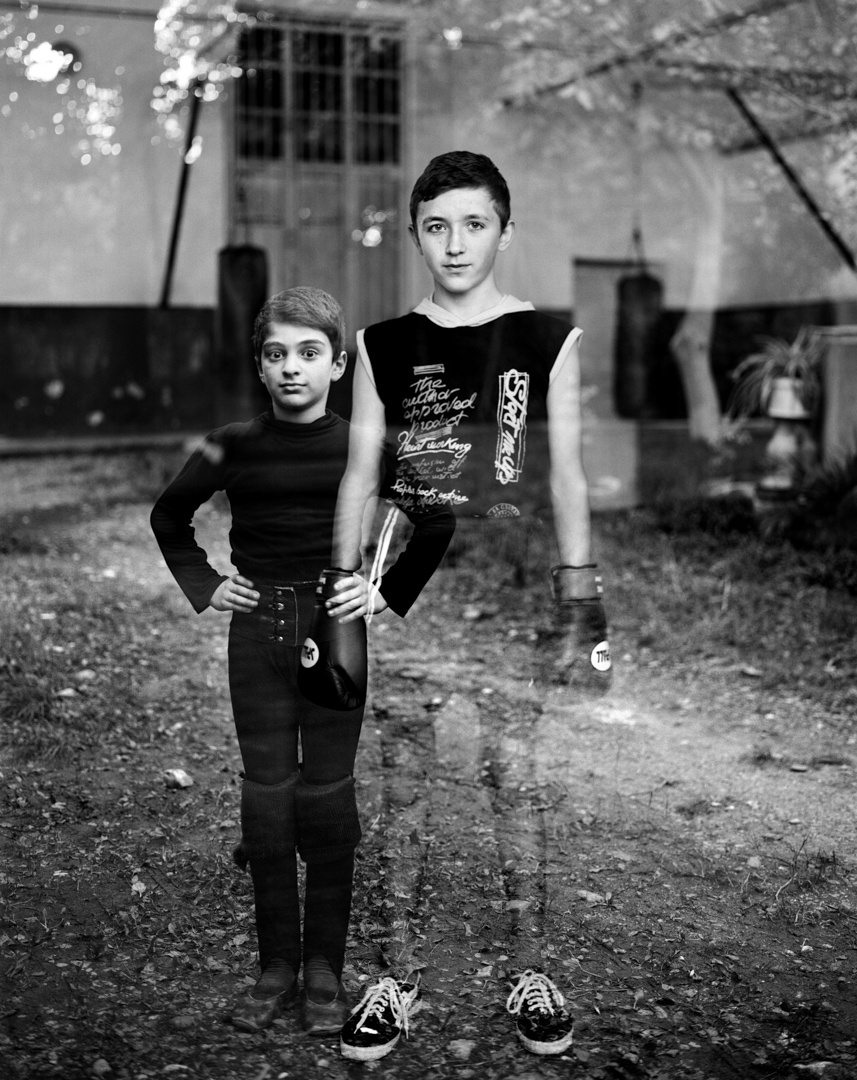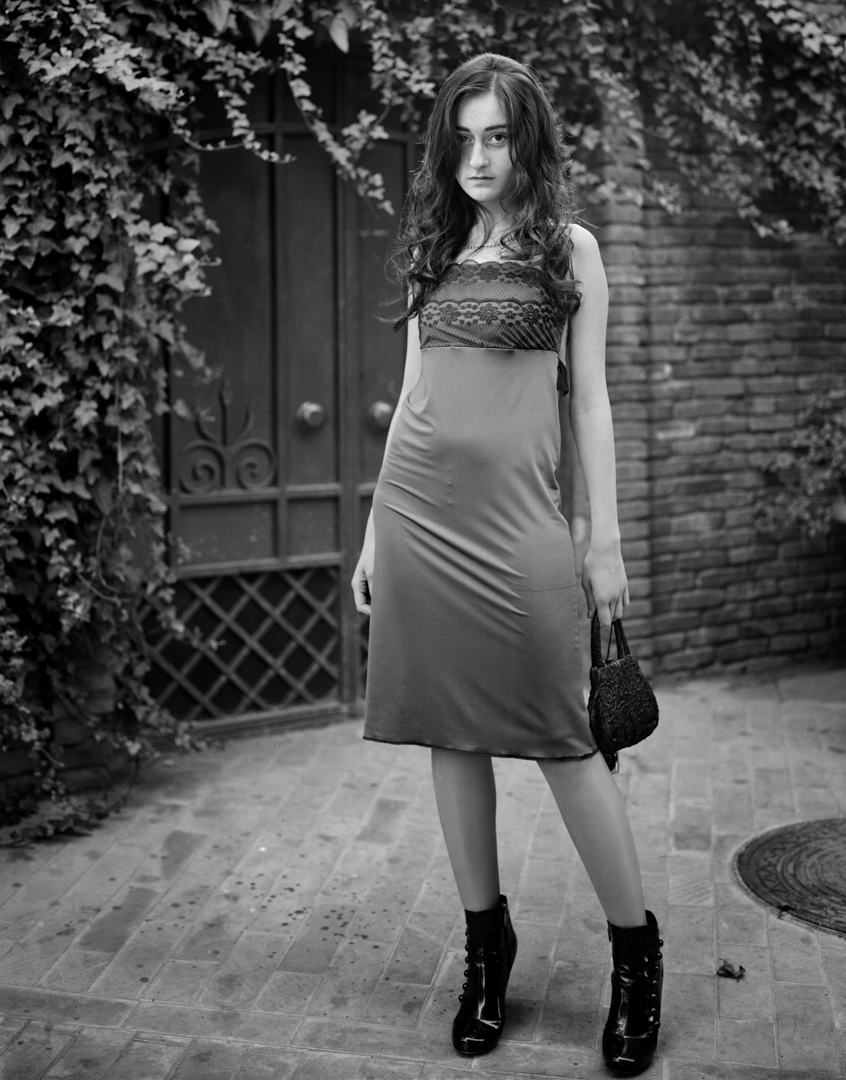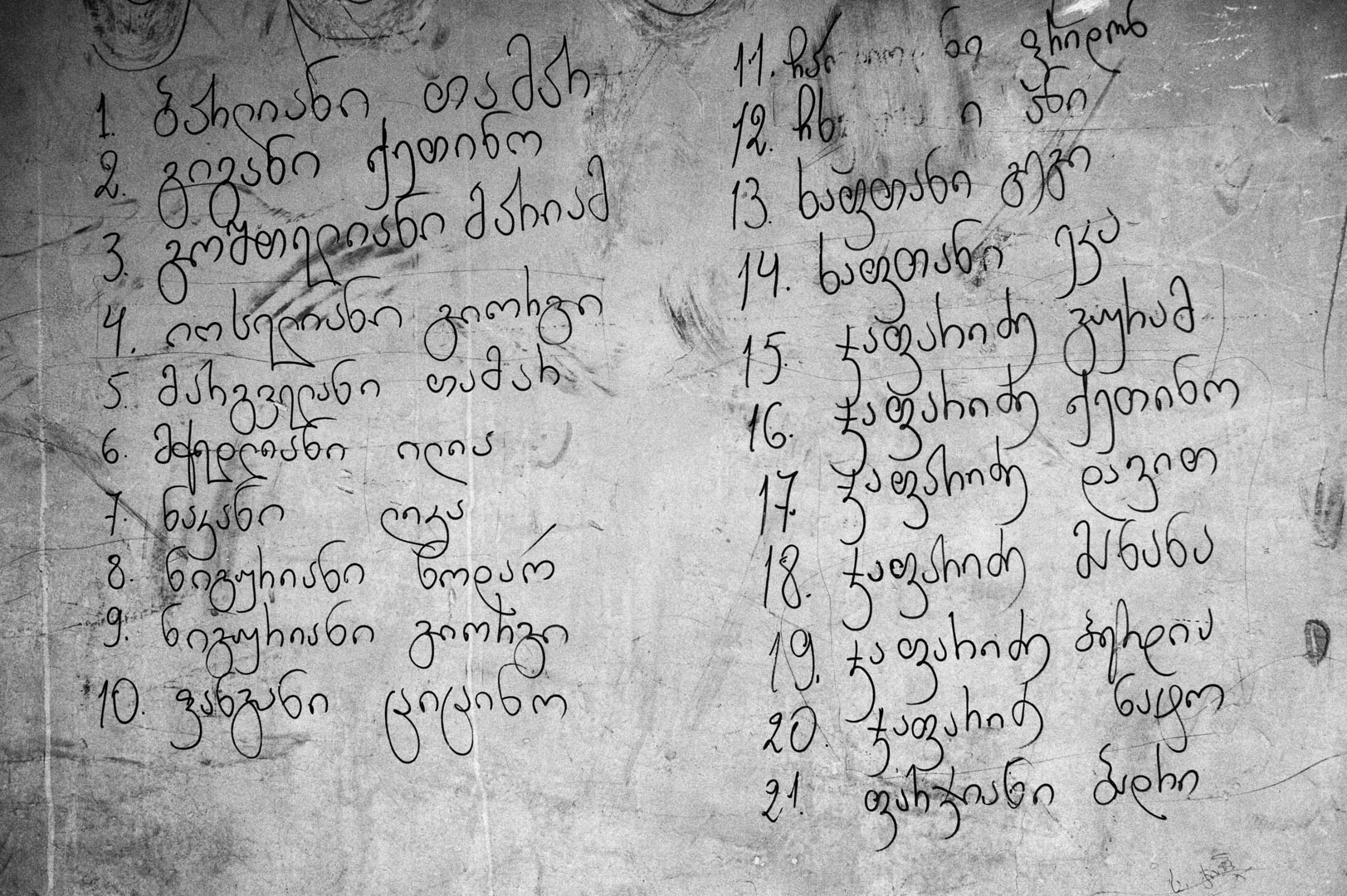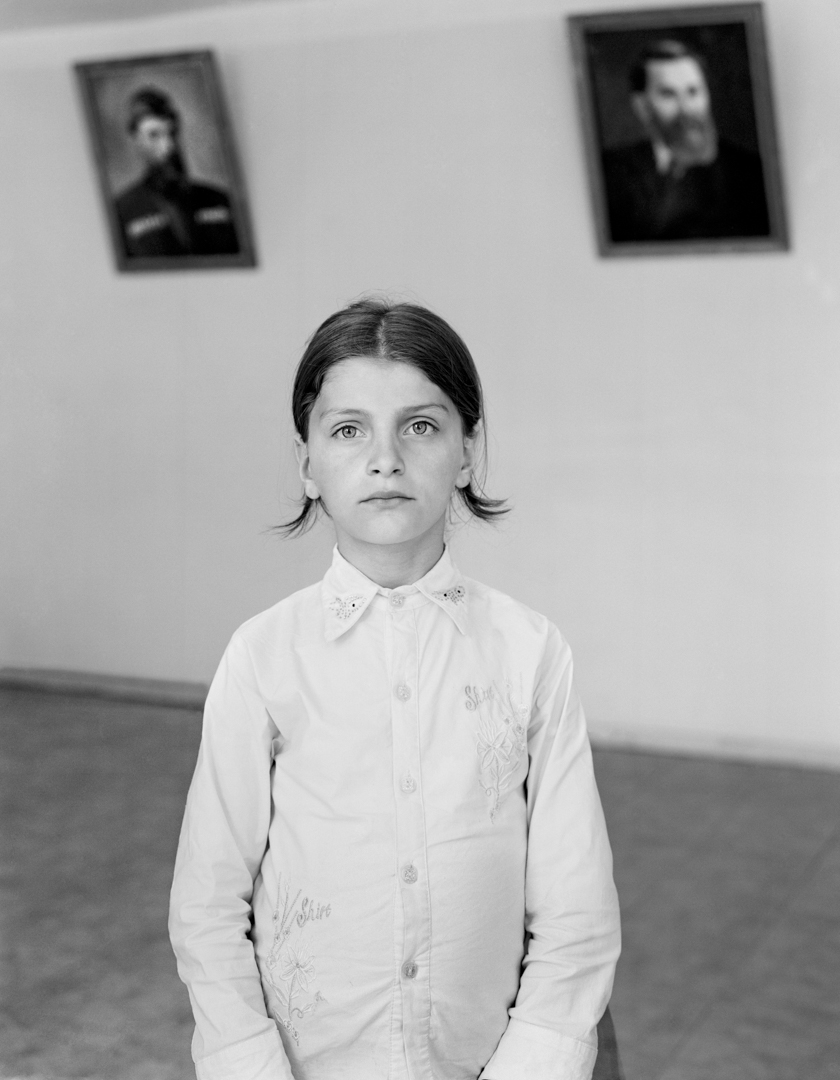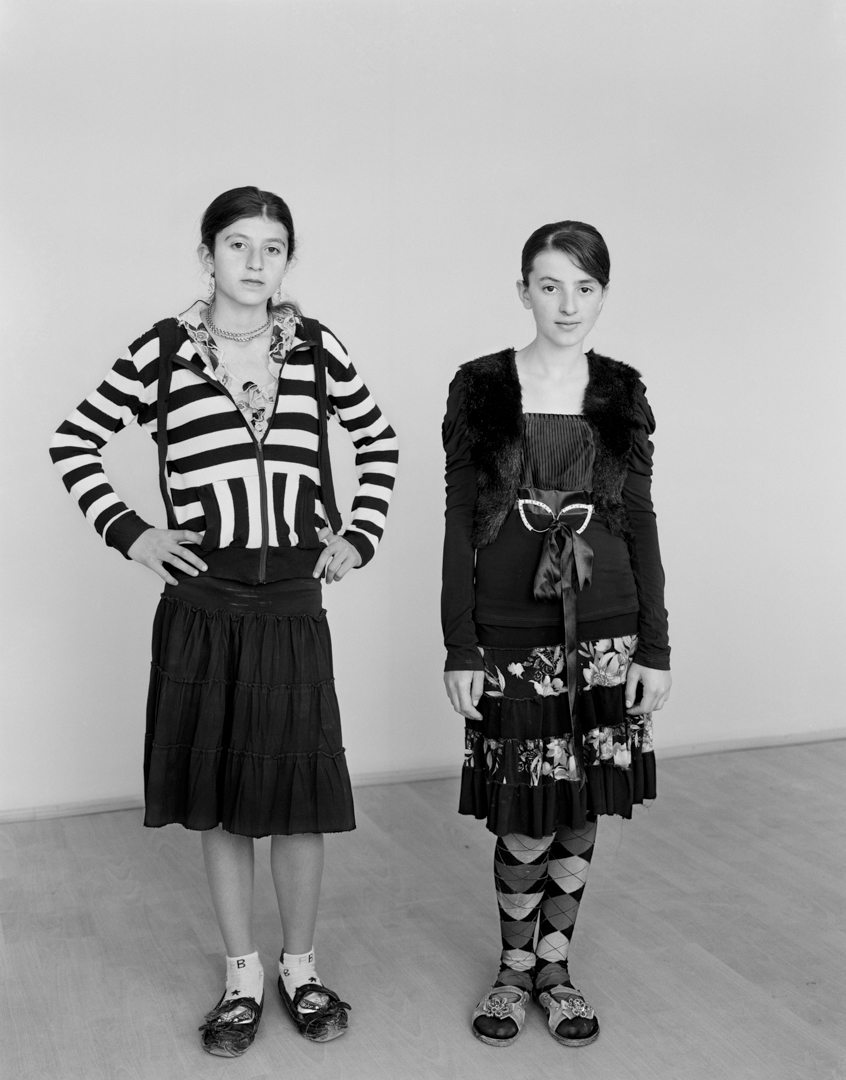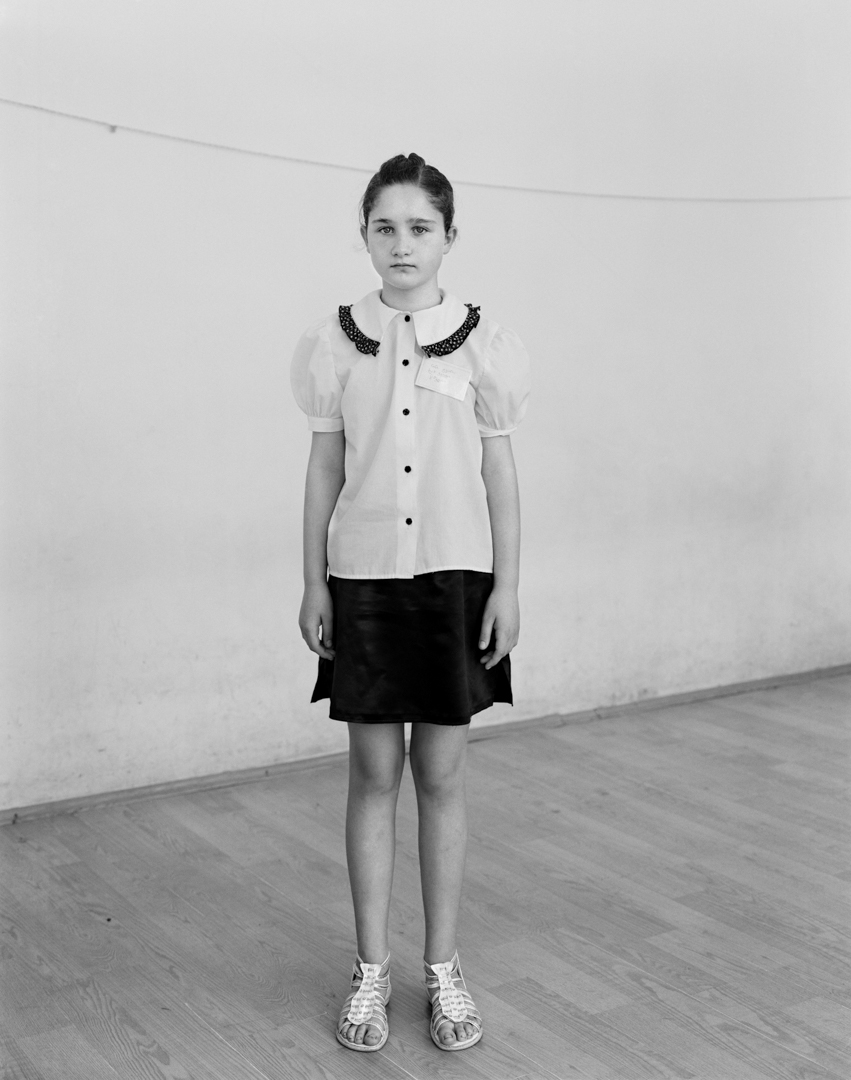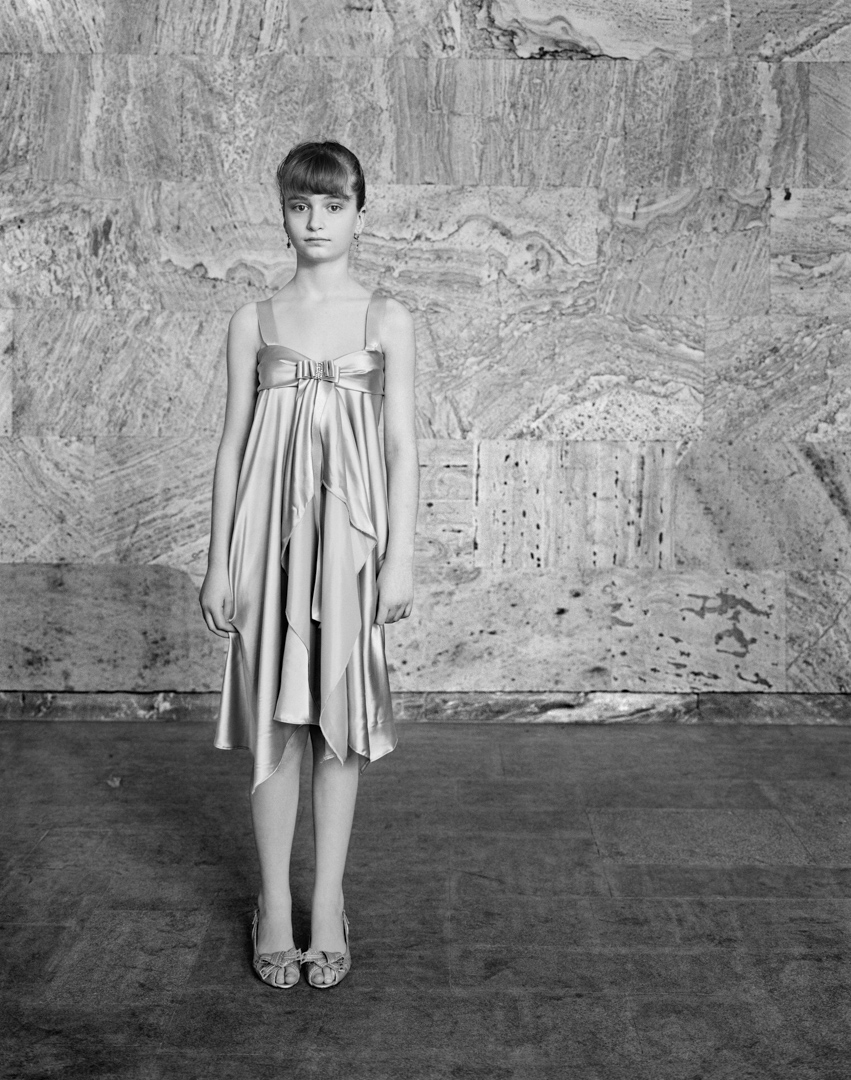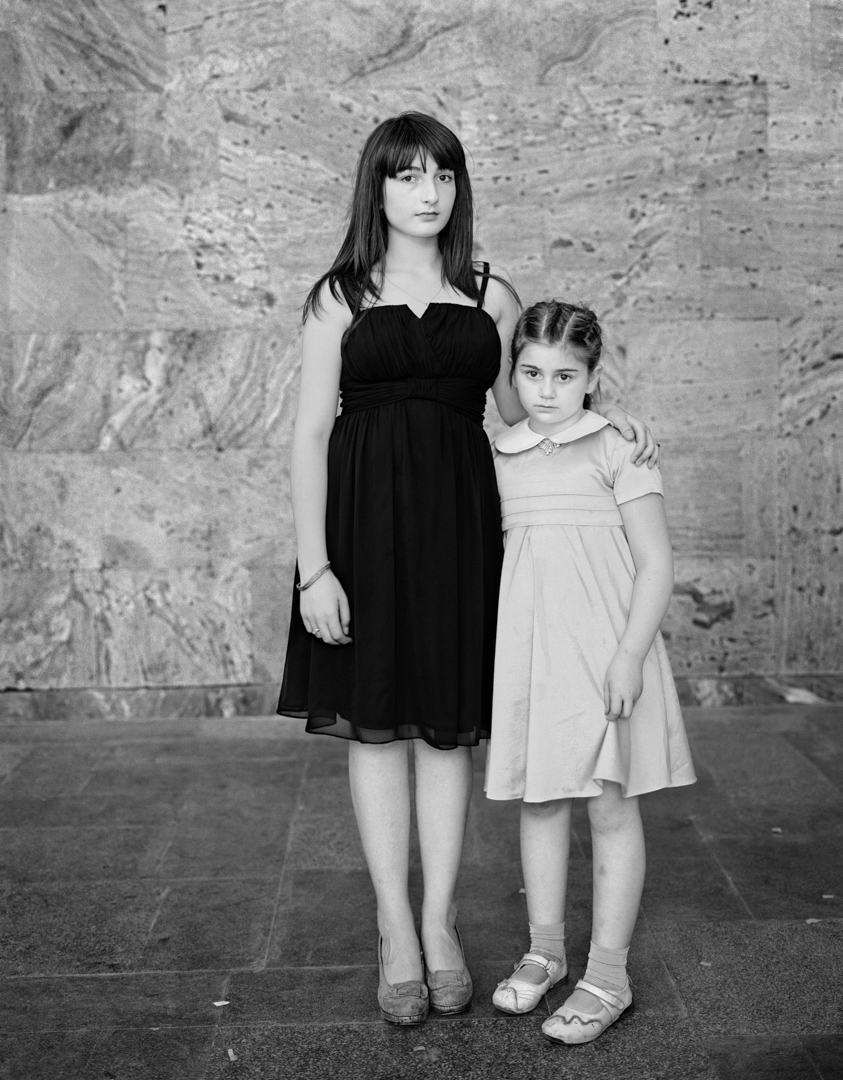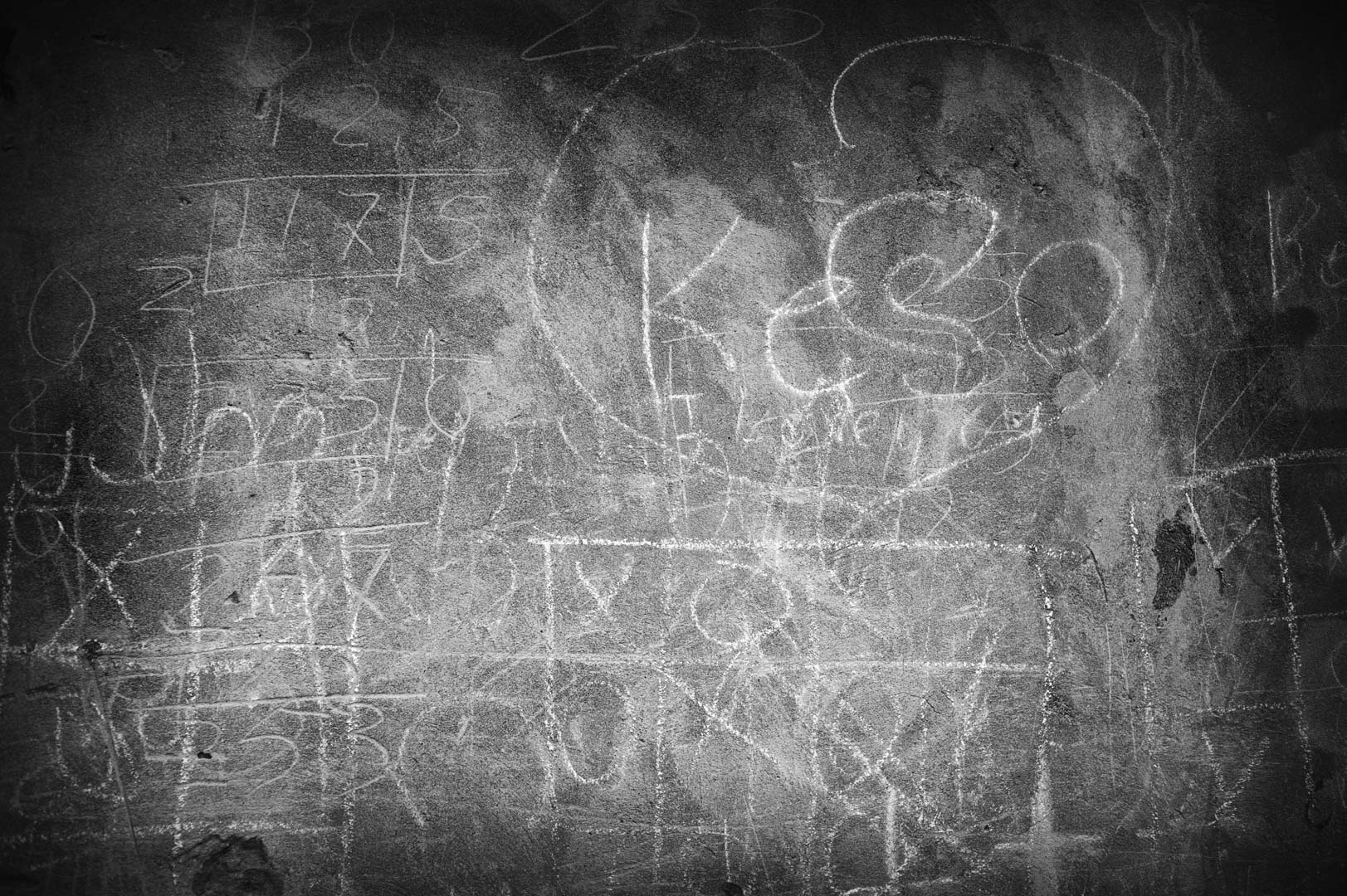Georgia Seeds Carried by the Wind, 2009
This place where I buy from some kind of messenger, the seeds of my imagination. Here they are wrapped in an old music manuscript. Everywhere in the streets, I see the remains of these imaginations until the wind or the rain carries them away. These are of course the empty envelopes of sunflower seeds, sold in the streets by old women, and which are the basis of this whole region. I went to Georgia for the first time in 2003, shortly after the so-called Rose Revolution. I didn’t go there for the revolution as such, but it was in this context that I found myself. Georgia, like so many other places with an ancient past, was a place that seemed to be in love with its own self-image. It was a place where people seemed comfortable celebrating their good fortune in the face of the lush beauty of the land they inhabited.
The density and texture of the forests and mountains, at first glance, transports you to a reality that may have been created by some alchemists.
The same is true of the features of the people who occupy this place, ancient and distinct faces.
Often confronted with representations of their own images, from the walls of ancient churches and cathedrals to life-size portraits, painted by a craftsman to commemorate a life. When I look at the faces of these icons and paintings, I recognize both eastern and western images, rich dark colors created with an understanding of the brutality of time. On each occasion, I am invited to experience an expression of who and what these people have decided to be. Through dance, through song, through physical agility, through stories told on heavily laden tables, shared by anyone willing to listen. Presented with ease, with pleasure and with grace.
It is of course a kind of fantasy. And yet there is a melancholy that almost inevitably opposes such exuberance. It is a place that literally crumbles under the weight of such unbearable romance.
When I returned in 2008, after a summer of war with its powerful neighbor.
I found my friends exhausted but alive in a way that is only possible when one is so close to death. I came back once again in late spring 2009, a little less than a year after this conflict, I wanted to search for the people who seemed to me most representative of this collective imagination. I chose dancers and pilgrims, wedding guests and young judo players.
